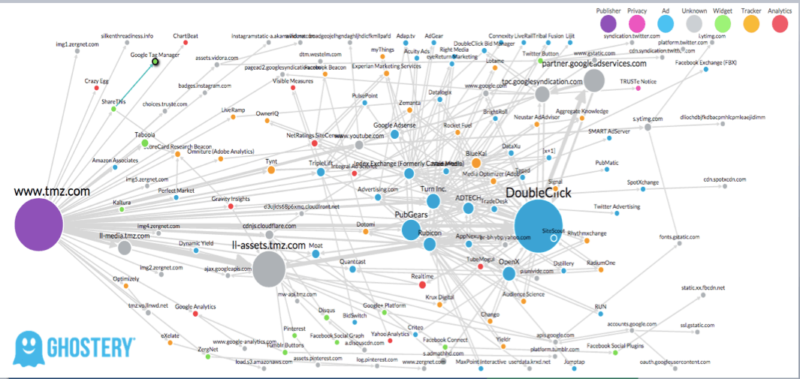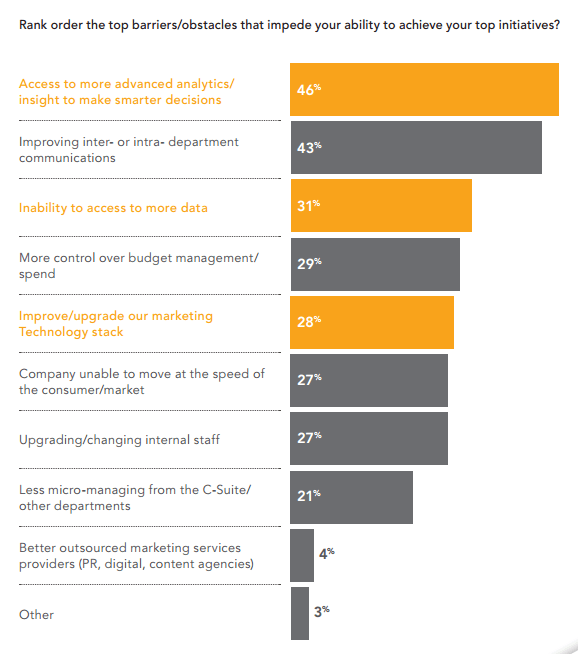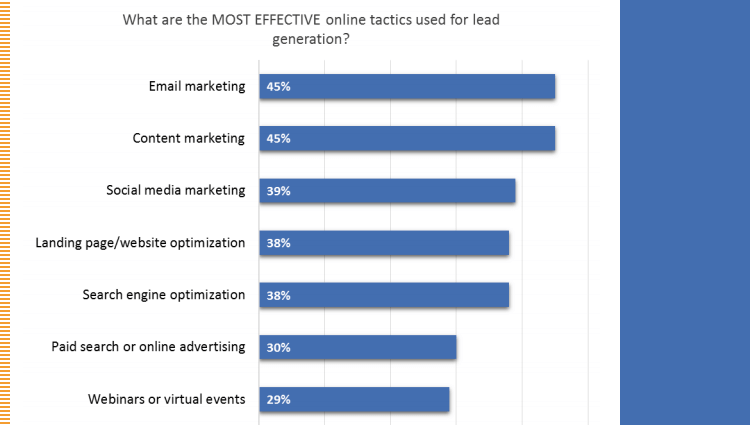4 ways to improve your value as a strategic SEO partner
Sometimes retaining clients is about more than doing great SEO work. Columnist Derek Edmond explains how to increase your value through improved client relationships.
We’ve been in “sprint mode” with one of our clients throughout the quarter. Our key point of contact with this client has been fielding communication from all angles, with respect to a site redesign, international campaign initiatives and on communicating performance to senior leadership.
Sometimes it seems like our entire week is spent executing on behalf of this organization (even though I know we’re tackling so much more).
But the real win is when this client refers new prospects to us because of the dedication we put in. The real win is when we know our organization is a part of the marketing plan in the fourth quarter — and when they expand their programs because we can show real results that impact the bottom line.
It takes time and hard work to build relationships with clients. And through the highs and lows of providing SEO consulting and management to other organizations, I’ve come to realize four principles essential in retaining and improving client relationships.
This column is designed to dig into some of the details that have made us successful in becoming a more valuable partner to the organizations we represent.
Build better reporting dashboards
The most important way to prove additional value as an SEO professional is through better performance reporting. It seems silly when I look back (a decade ago!) and realize how much additional impact we were able to provide by just adding charts and tables to our Excel reporting data.

Example Dashboard from ReportGarden
In today’s marketing environment, technological innovation makes it inexcusable for SEO professionals to ignore the importance of solid reporting dashboards.
Check out survey data from this Black Ink Report on C-Level Marketing, which highlights the obstacles that impede a marketer’s ability to succeed at their top initiatives.
At the top? Access to more advanced analytics and insights to make smarter decisions.
But access requires greater management and better communication of this information as well. With so much data at our fingertips, it is imperative that SEO professionals distill information appropriately, highlighting key takeaways but still providing access to the entire dataset.
We use a combination of functionality provided in Google Analytics and third-party resources for presentation in management communications. Here is a quick snapshot of important reporting elements to consider:
Key functionality in Google Analytics
- Create and customize Dashboards — curating the most important data points for our clients.
- Report Shortcuts for faster access to reports — providing easy access to commonly accessed information.
- How to use Custom Segments — a mechanism for analyzing subsets of Google Analytics data.
Third-party resources
- Google Analytics Solutions Gallery — in-product solutions such as dashboards, custom reports and segments for Google Analytics.
- DashThis and Report Garden — commercial resources for generating charts and visualizations.
By better visualizing data, we can improve the effectiveness of communication on key wins, performance and important next steps in program development.
Learn complementary software applications
Web analytics software is just one of the many technologies our typical client contacts have at their disposal.
Have you asked your client(s) about the technology stack, in terms of software applications and vendors, behind their marketing program? If you were to map it visually, is it as chaotic as what’s depicted below? (Courtesy of Travis Wright using the Ghostery application)

A mess of marketing technology connection points via presentation: Building Your Ultimate Marketing Stack.
Hopefully not!
But more importantly, it is critical to realize the role marketing technology plays in your client contact’s organization. As such, SEOs must understand how these technologies can work to either augment SEO program tactics or demonstrate performance.
Here is a short list of newer technologies and how we try to leverage them for SEO performance.
Augmenting SEO programs & demonstrating performance
- Marketing automation. These applications help with SEO landing page development, prospect/customer reporting and assessing overall program performance.
- Content curation. Technology in this category assists in creating keyword-specific destinations, anchor content or “content hubs” for competitive keyword targets.
- Heat mapping and A/B testing. This type of software helps to validate/support on-site SEO, as well as providing direction on conversion optimization recommendations.
- Account-based marketing. These applications help focus efforts on-site and off-site, based on targeted audience behavior.
Ten years ago, most marketers barely knew how to use the vast majority of these applications. Some (most?) probably still don’t.
By embracing the opportunity to learn complementary software applications, we’re better able to execute SEO tactics and demonstrate the impact we can provide to our client programs.
Understand your client’s range of obligations
As an SEO vendor, our number one priority is to generate results — traffic, leads, sales and so on — from search engines like Google. SEO is one of the many priorities and obligations our client has to deal with on a daily basis.
Check out findings from this Ascend2 report on the State of Lead Generation, which illustrates a range of demands and tactics B2B marketers need to apply.
Based on survey responses, search engine optimization ranks a disappointing fifth in terms of effectiveness.
SEO professionals need to understand where SEO fits into a client’s list of priorities and make certain their recommendations will fit within the entire digital marketing mix.
Two short examples:
- For one client, we have been pushing the need to fix their URLs associated with geotargeted subdirectories per Google guidelines. We’d been waiting several months for its implementation and were finally able to get buy-in when we connected it to a brand refresh on the site design.
- In another example, a client’s new priority for leveraging YouTube allowed us to implement new landing pages with YouTube video embeds as a primary focus. These web pages helped support keyword strategy and cross-link into core content marketing assets.
While we obviously want SEO to be at the top of any implementation list, good SEOs understand that we must balance our priorities with our client’s overarching program objectives.
More importantly, SEO professionals need to understand how to leverage new client initiatives in a way that can benefit organic search performance, in direct and indirect manners.
Network, network and network (in their industry!)
It’s challenging to work with clients in other industries because it requires understanding completely new business strategies and target markets.
One of the most important ways we’ve become successful at “learning” these new markets is through industry networking and communication.
Consider these ideas and applied tactics.
- Attend user conferences either produced or associated with the client’s core offerings.
- Attend local events (or national events, if budgets allow) related to the client’s industry.
- Interview various client team members, prospects, and even partners to learn more about target markets and buyer behavior.
How do these initiatives aid in SEO? Here are a couple of ways we’ve realized value.
- Developing content marketing for a range of collaborative content campaigns.
- Networking beyond social media designed to acquire inbound links through direct communication and content marketing execution.
Networking in action
Don’t believe this will work? We’ve worked with one industrial organization for well over two years, focusing on SEO-centric content marketing efforts. Our tactics include interviews at industry events, social media networking and content development based on these efforts.
Here is a look at this organization’s acquired links for the past year, via screen shot from Buzzsumo.
Final thoughts
The perspective in this column leans towards agencies, consultants or outsourced SEO partners. That said, these ideas could be relevant to in-house SEO professionals as well.
At a basic level, regardless of role, SEO professionals need to demonstrate that they are part of the revenue-generating side of the organization. We can do this through improvements in performance reporting and understanding of technology that complements/augments an SEO program.
You should also immerse yourself in the applicable industries and needs of target markets. This helps improve the direction of keyword strategy and tactics applied through content and communication for link acquisition.
And finally, don’t forget the myriad of obligations client contacts and supervisors or leadership have.
We are never going to keep every client happy all the time or retain all business in the face of factors beyond our control. But by focusing in the four areas defined above, I’ve experienced more success than failure in proving value to our clients.
What did I miss? What other tactics, beyond the direct success in SEO, work well for your organization?
Opinions expressed in this article are those of the guest author and not necessarily Search Engine Land. Staff authors are listed here.
Related stories



